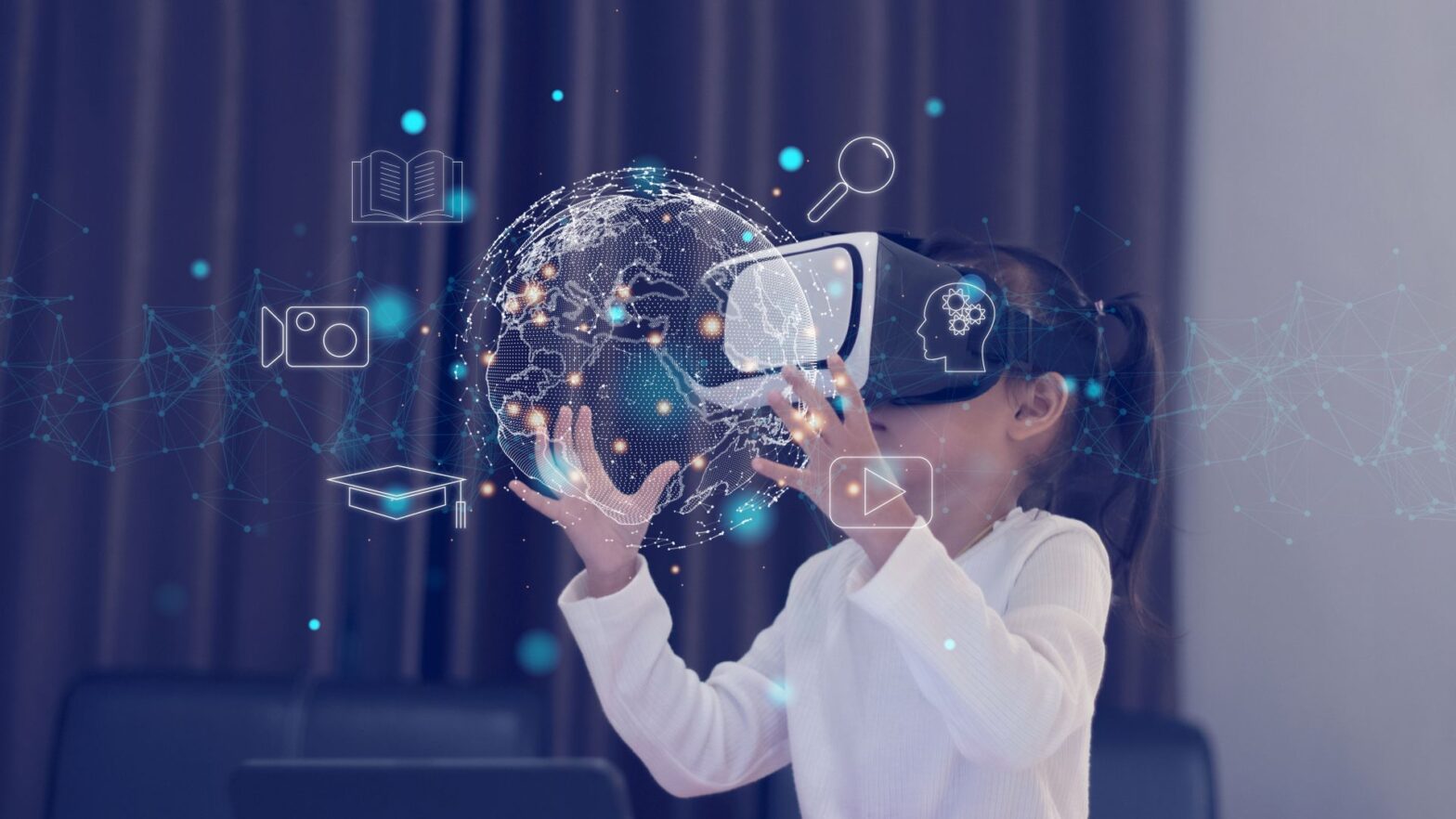Artificial Intelligence is everywhere today—from the apps children use to the way classrooms function. For school students in India, AI is no longer a “future skill.” It is a right-now life skill. And becoming AI-ready goes far beyond learning how to code.
Schools that prepare students for an AI-driven world will shape confident, creative, ethical and future-proof learners. So how exactly can schools make this happen?
Let’s break it down.
What Does “AI-Ready” Actually Mean?
AI-readiness is not about turning every student into a programmer. Instead, it’s about developing essential mindsets and skills.
AI-ready students can:
- Understand how technology makes decisions
- Spot patterns and think step-by-step
- Work with data and interpret information
- Ask critical questions instead of accepting answers unquestioningly
- Collaborate, create and innovate
- Understand ethical risks such as bias and privacy issues
Example: Students learn why an AI tool may misidentify a face due to biased training data — a concept supported by research on AI fairness (arxiv.org).
How Indian Schools Are Already Evolving
Across India, schools are shifting from traditional learning toward smarter, skill-based systems.
Trending changes include:
- Smart Classrooms & VR/AR Labs: Interactive lessons, virtual science experiments, and immersive history tours.
- Gamified Learning: Concepts taught through story-based or challenge-based modules.
- Hybrid Classrooms: A mix of digital + physical learning for flexibility.
- AI Tools for Personalised Learning: Adaptive apps that adjust difficulty based on student performance.
- Policy Push: India will introduce AI & computational thinking from Class 3 (2026–27 academic year).
External resource: Learn more about emerging smart-classroom practices here:
👉 Future of Smart Classroom – Schoolnet India
How Schools Can Build an AI-Ready Ecosystem
Here’s a practical roadmap schools can follow—simple, structured and effective.
1. Integrate AI Concepts Across Subjects
- Maths → Algorithms, sequences, patterns
- Science → Data analysis, sensors, automation
- Languages → How chatbots understand language
- Social Science → AI & society, digital citizenship
2. Train Teachers Continuously
- Workshops on AI basics
- Hands-on sessions for ethical decision-making
- Project-based learning mentorship
- Real-world case studies for classroom discussion
3. Build Strong Digital Infrastructure
- Stable internet
- Shared devices or labs
- Smart boards
- AI-supported learning platforms
4. Emphasise Ethics & Safety
- Age-appropriate lessons on privacy
- Understanding online footprint
- Bias and fairness activities
- Safe and responsible use of AI tools
Age-Wise Learning Approaches
Primary (Classes 1–5)
- Pattern games
- Logic puzzles
- Simple robots and block coding
- Fun discussions: “How does a talking bot learn?”
Middle School (Classes 6–8)
- Mini AI projects
- Ethical debates (“Should robots grade exams?”)
- Introduction to basic coding concepts
- Data interpretation activities
High School (Classes 9–12)
- AI-based app or chatbot creation
- School innovation clubs
- Social-impact hackathons
- Collaboration with startups or internships
Challenges — and Smart Solutions
ChallengePractical Solution
Limited infrastructure, Shared labs, low-cost devices, phased rollouts
Teachers need training, Peer-learning groups, and micro-training modules
Urban–rural digital gap, Offline learning tools + hybrid community centres
Over-focus on tech. Keep creativity, empathy, and ethics at the centre
Conclusion: A Future Built on Thinking, Not Just Coding
AI will continue to transform how we learn, work and live. Indian schools have a powerful role to play—by raising students who understand technology, question it, and use it responsibly.
Every school can start small:
- Introduce one AI-thinking module
- Train a core group of teachers
- Launch a student innovation project
- Engage parents in digital awareness sessions
